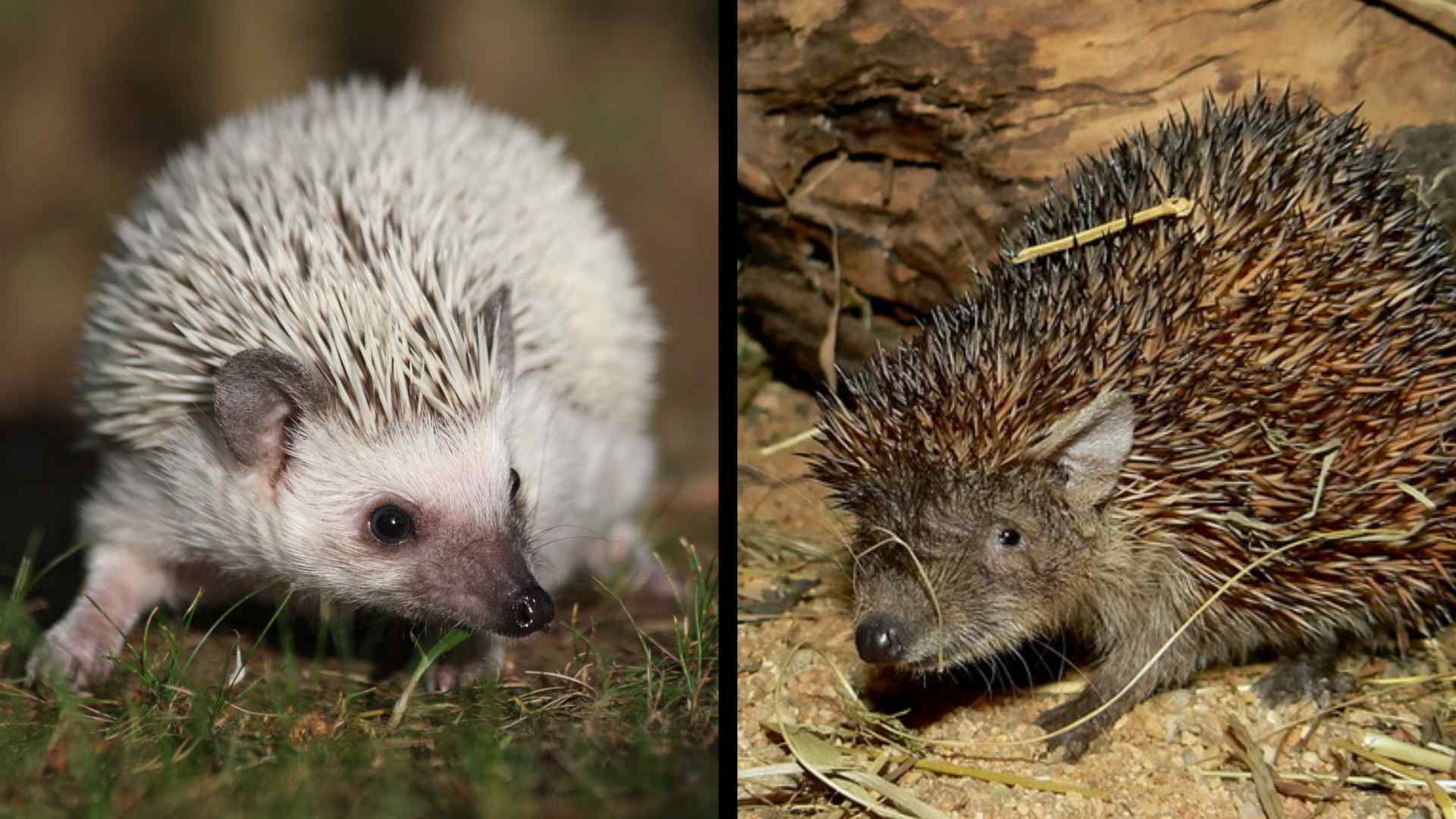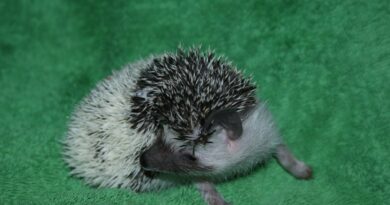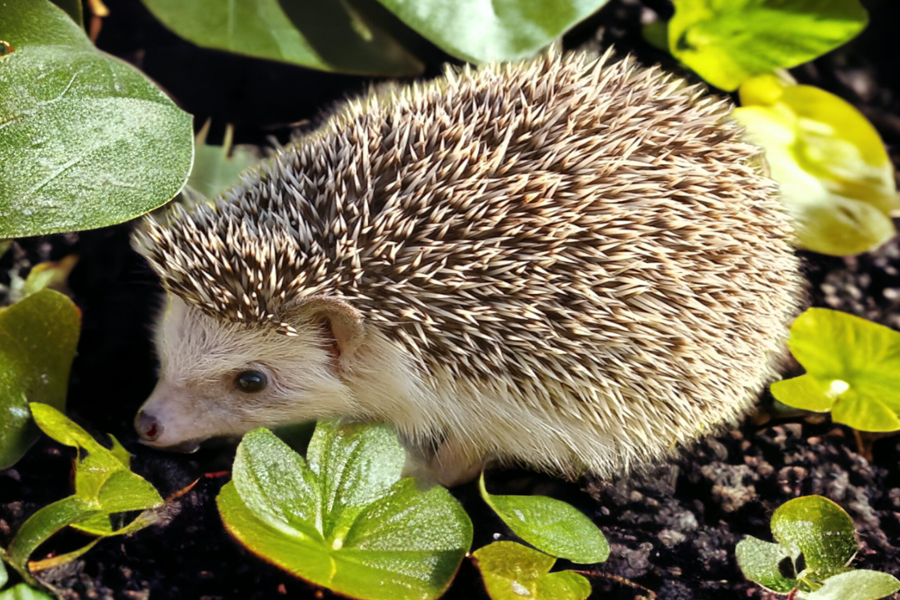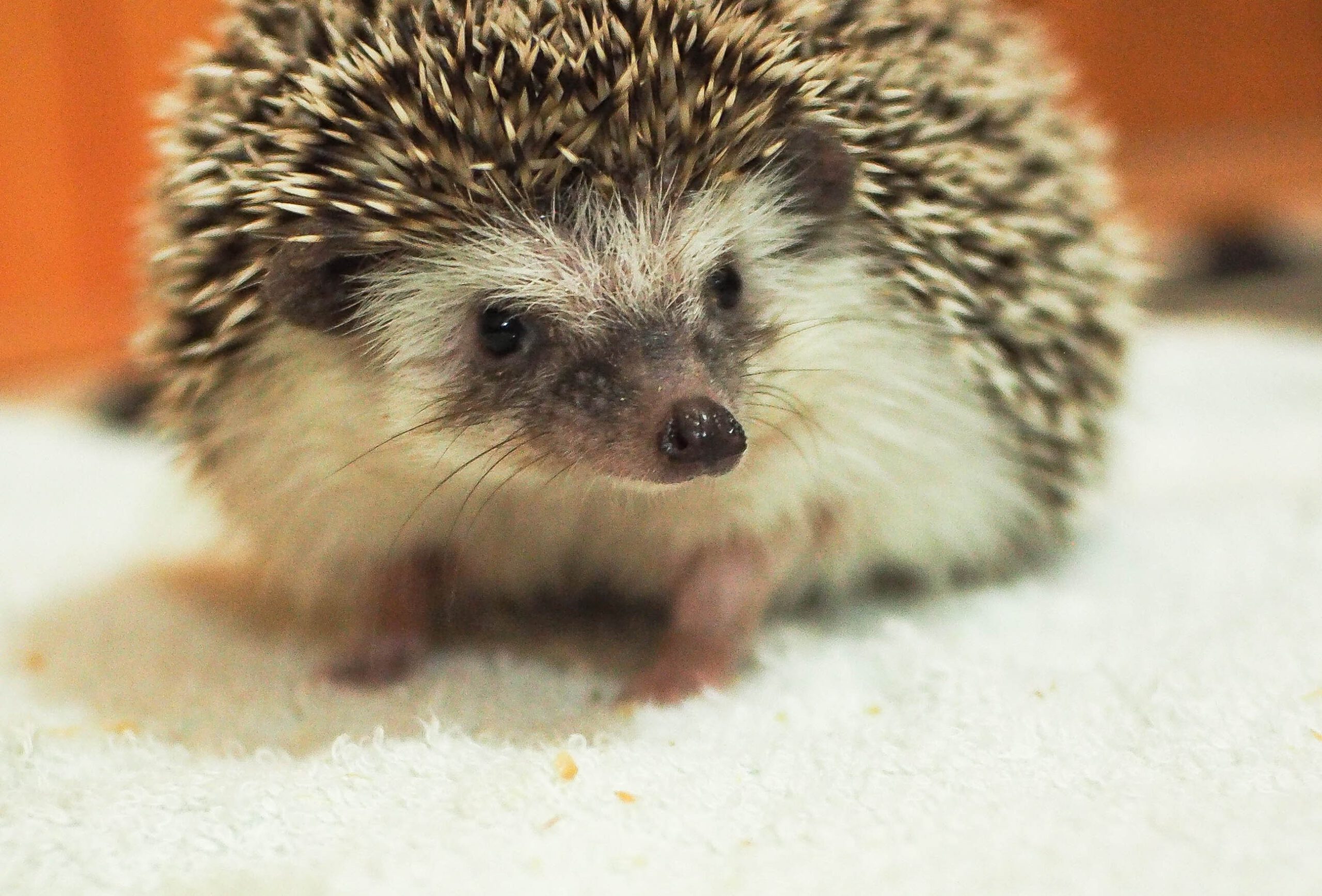Hedgehogs vs Tenrecs – What’s the Difference?
Hedgehogs and tenrecs may look like siblings as they share the characteristics of sharp quills, soft underbellies and pointed snouts, but they’re not even related! Hedgehogs and tenrecs are a perfect illustration of convergent evolution: a process whereby two entirely different animals independently acquire analogous adaptations to environmental pressures that look or function similarly to each other over time, despite not sharing the same genetic history. With this in mind, let’s go over some of the key differences between these two incredible animals, focusing on the African pygmy hedgehog (Atelerix albiventris) and lesser hedgehog tenrec (Echinops telfairi) which are commonly kept as pets…
Physical Differences
It can be quite easy to tell a fully grown adult hedgehog from a tenrek by looking at their size. There is no specific number for the average weight of a hedgehog, while they can vary greatly in size, but they often weigh anywhere from 300 to 600 grams for African pygmy hedgehogs and 500 to 2000 grams for European hedgehogs. Tenrecs are small in comparison, with Lesser hedgehog tenrecs usually weighing between 130 and 180 grams.
Another stark contrast between hedgehogs and tenrecs is that it can be challenging to identify the sex of tenrecs because there are no stark external differences between males and females. While hedgehogs can be easily sexed by looking at the location of their genitals (often affectionately referred to in the animal keeping community as their “belly button” due to the appearance), tenrecs have no externally visible genitalia and instead have a cloaca, which is a characteristic much more commonly found in birds and reptiles than in mammals. This means that in order to determine the sex of a tenrec, more than a mere glance is in order and instead the genitals have to be manually examined.
There is a chance that you may be able to tell male and female tenrecs apart by smelling them, though! Male tenrecs are said to give off a musky smell reminiscent of corn chips, regardless of their hygiene routine. Hedgehogs may smell, but this is entirely dependent on their husbandry – how often their enclosure and bodies are cleaned, for example.
Environment
Now, let’s talk about their natural environment. While both pygmy hedgehogs and tenrecs are found in Africa, their habitats do not overlap. Hedgehogs can be found throughout the savannahs and steppes of central Africa, but tenrecs are endemic to the island country of Madagascar off the southeast coast of Africa and are often found in tropical forests as well as shrubland.
Behaviour
These different habitats are reflected in their activity. While four-toed hedgehogs have a limited ability to climb upwards, they are not arboreal and hedgehogs kept in captivity are actively discouraged from climbing due to the danger of hurting their limbs. Tenrecs, in contrast, have phenomenal climbing ability aided by five long toes on each paw that give them a strong grip, and need to be provided with materials in domestic habitats that encourage them to carry out this natural behaviour.
Another behavioural distinction is the way in which these two animals anoint. Both practice the behaviour of self-anointing – the process of adding scents from their external environments onto their bodies – but they have very different ways of doing so. Hedgehogs anoint by producing a foaming saliva that they then lick onto their quills, while tenrecs prefer to use their paws to scratch parts of their environment that they find stimulating and then rub their paws onto their spines in order to transfer the scent.
As you can see, there are a lot more differences between hedgehogs and tenrecs than originally meets the eye. Check out our other articles to find out more!
Article by Sarah Bessie.




